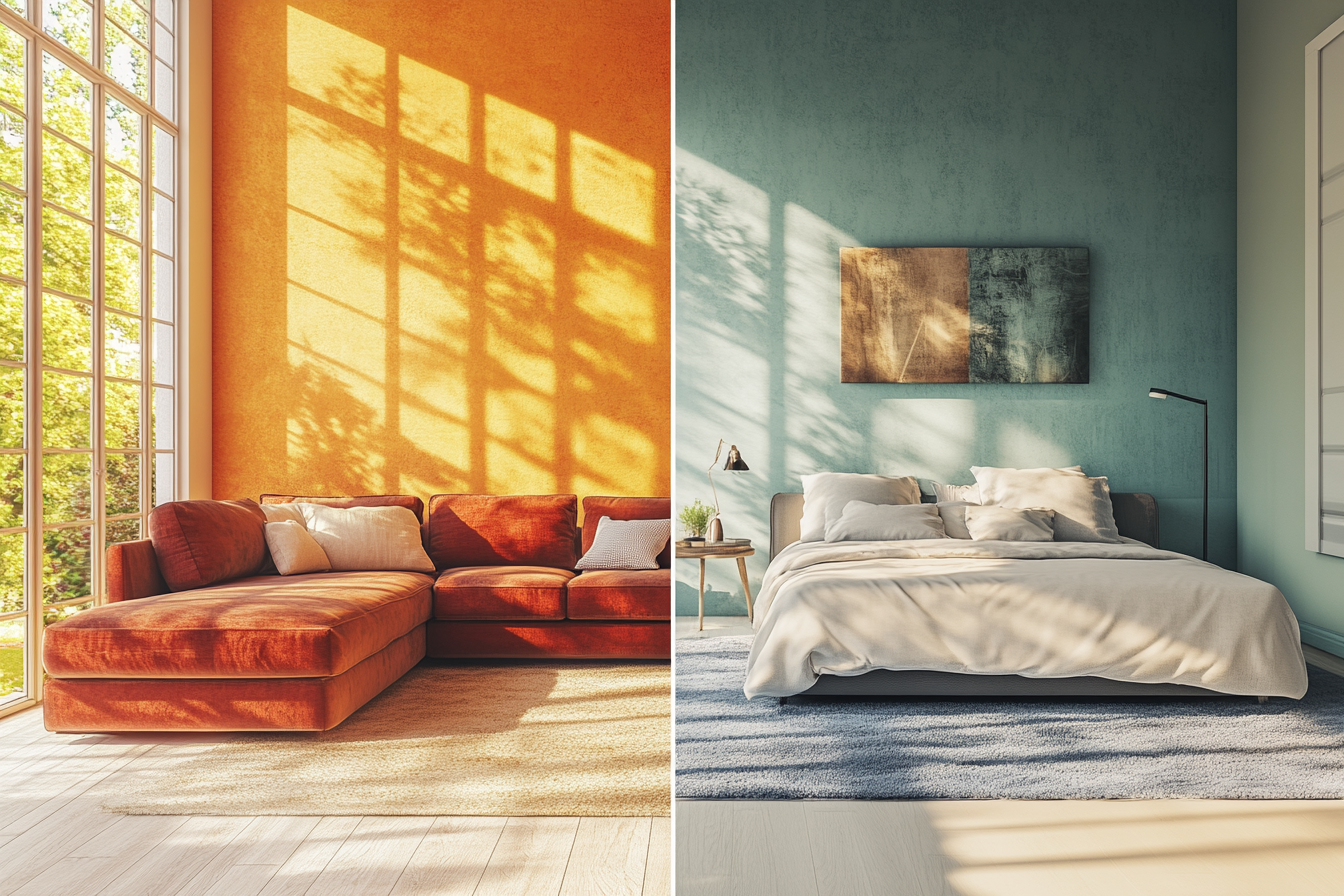Interior Design & Pets
How to Design a
Pet-Friendly Space Without Compromising Style
Creating a home that accommodates your furry friends while maintaining a beautiful and stylish aesthetic is absolutely possible! As someone who lives between Manhattan and Rome with my beloved dog, Coco, I’ve had to find creative ways to balance functionality and style. Whether you have a playful pup, a curious cat, or a more exotic companion, thoughtful design choices can keep your space both functional and visually appealing. Here’s how to achieve the perfect balance of pet-friendly and chic.
1. Best Pet-Friendly Fabrics for a Stylish & Durable Home
Durable, stain-resistant, and easy-to-clean materials are essential when designing for pets. Opt for:
Performance fabrics like Crypton, Sunbrella, or microfiber for sofas and chairs.
Leather (real or vegan) as it resists pet hair and is easy to wipe clean.
Machine-washable slipcovers to maintain a fresh look effortlessly.
Indoor-outdoor rugs that are durable and stain-resistant while still stylish.
Living with Coco, I’ve found that a microfiber couch is a lifesaver! It repels fur and stains, and a quick vacuum makes it look brand new. In Rome, where Coco loves lounging on the terrace, I use outdoor cushions that are stylish but weather-resistant.
2. Opt for Pet-Friendly Flooring
Your floors take the most wear and tear from pets, so choose wisely:
Luxury vinyl plank (LVP) or tile – scratch-resistant, water-resistant, and available in stylish designs.
Sealed hardwood – if you love natural wood, opt for a harder species like oak, hickory, or maple and apply a protective finish.
Low-pile rugs – they’re easier to clean and less likely to trap pet hair.
In our Manhattan apartment, I’ve opted for LVP flooring—it looks like real wood but withstands Coco’s zoomies without a scratch!
3. Incorporate Designated Pet Spaces
A stylish home doesn’t mean hiding pet essentials; instead, integrate them into your design:
Built-in pet beds in nooks, under staircases, or within custom cabinetry.
Stylish pet crates that double as side tables.
Dedicated feeding stations with built-in storage for food and accessories.
Hidden litter boxes disguised in furniture or tucked in a discreet location.
Coco loves having her own cozy corner! I created a built-in dog bed under a window seat—she gets to nap in the sun while I work, and it seamlessly blends with the rest of our decor.
4. Select Pet-Safe Furniture and Accessories
Avoid furniture with sharp edges that could be hazardous to energetic pets.
Choose closed storage for delicate décor items to prevent accidental breakage.
Opt for washable throw blankets and cushions to protect furniture while adding cozy layers.
5. Go for Stylish Yet Functional Décor
Your home should feel cohesive and reflect your style while accommodating your pet’s needs:
Pet-friendly plants like spider plants, areca palms, and Boston ferns add greenery without being toxic. According to the ASPCA, some common houseplants are toxic to pets, so be sure to check before bringing them home.
Wall-mounted shelving can serve as an aesthetic focal point while giving cats vertical space to explore.
Multi-functional furniture, like an ottoman with hidden storage, keeps pet toys neatly tucked away.
6. Prioritize Easy Maintenance
To keep your home looking fresh and stylish despite pet messes:
Use washable paint finishes like satin or semi-gloss for easy cleaning.
Have a designated pet cleaning station near the entryway for quick clean-ups.
Invest in a high-quality vacuum designed for pet hair.
One of my best investments was a pet-friendly robotic vacuum—living between two cities means Coco sheds everywhere, but this keeps things under control without extra effort!
7. Keep It Cohesive
Designing a pet-friendly home doesn't require sacrificing your aesthetic. Maintain your color palette and style while adding functional elements. Regardless of whether you prefer modern minimalism, cozy farmhouse, or sleek contemporary looks, you can blend pet-friendly features into your space.









